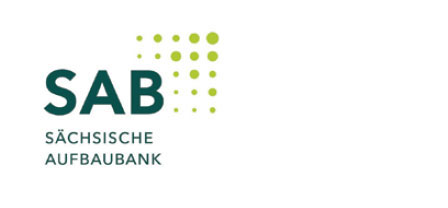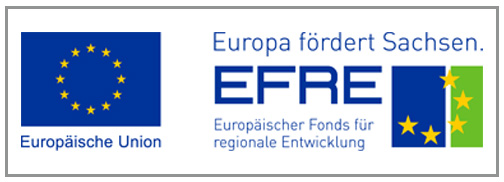
Recultivation materials from sewage sludge composts and mycelium
Current research

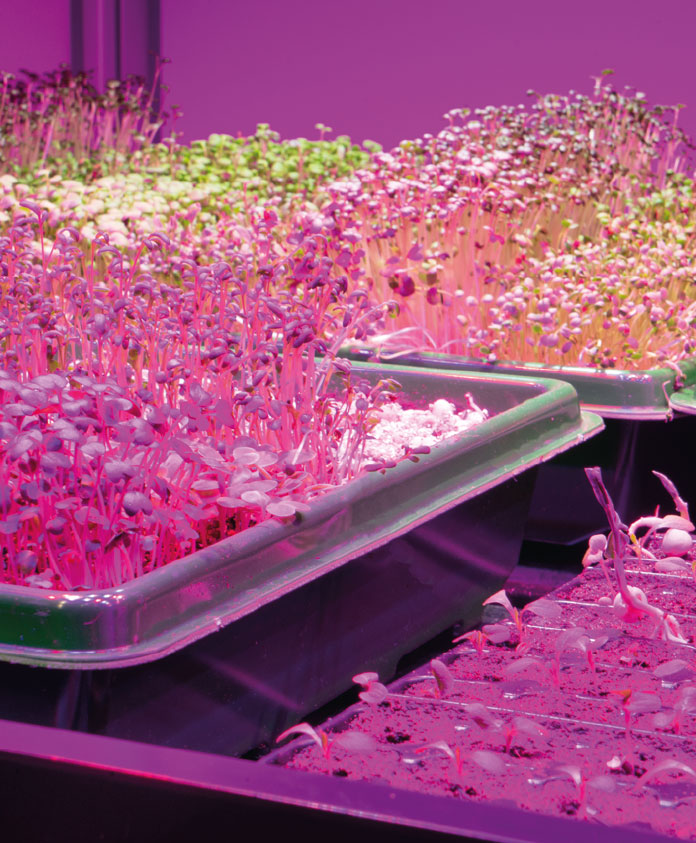
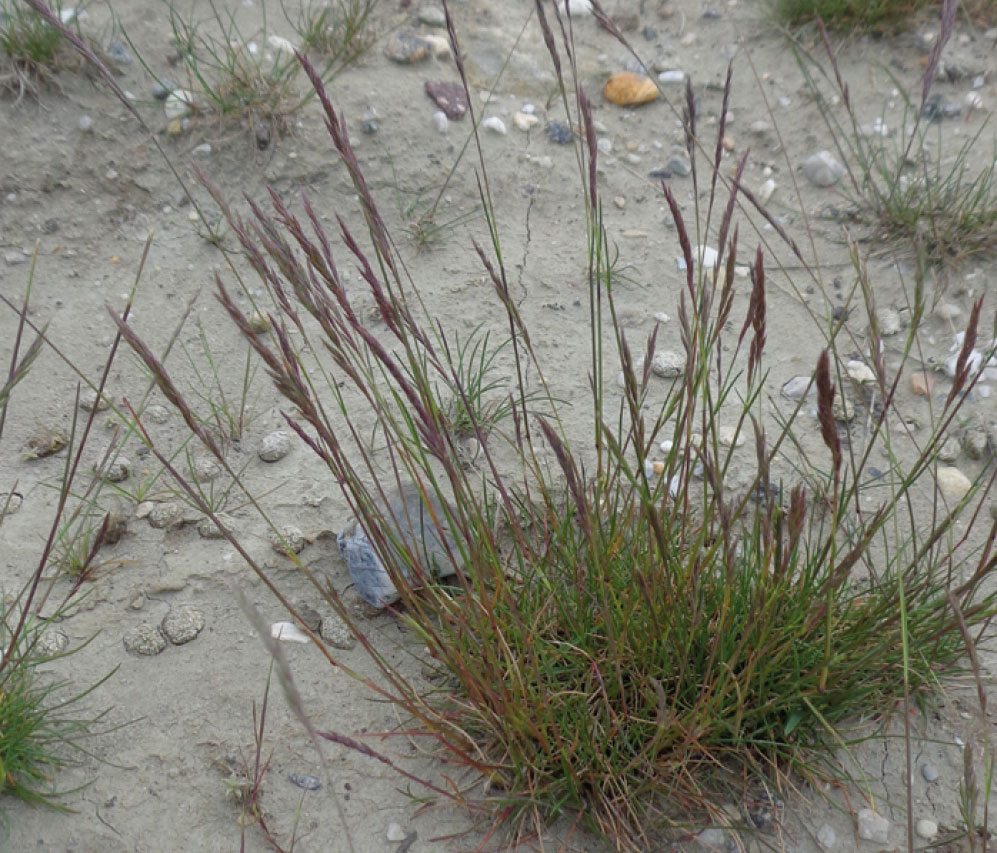
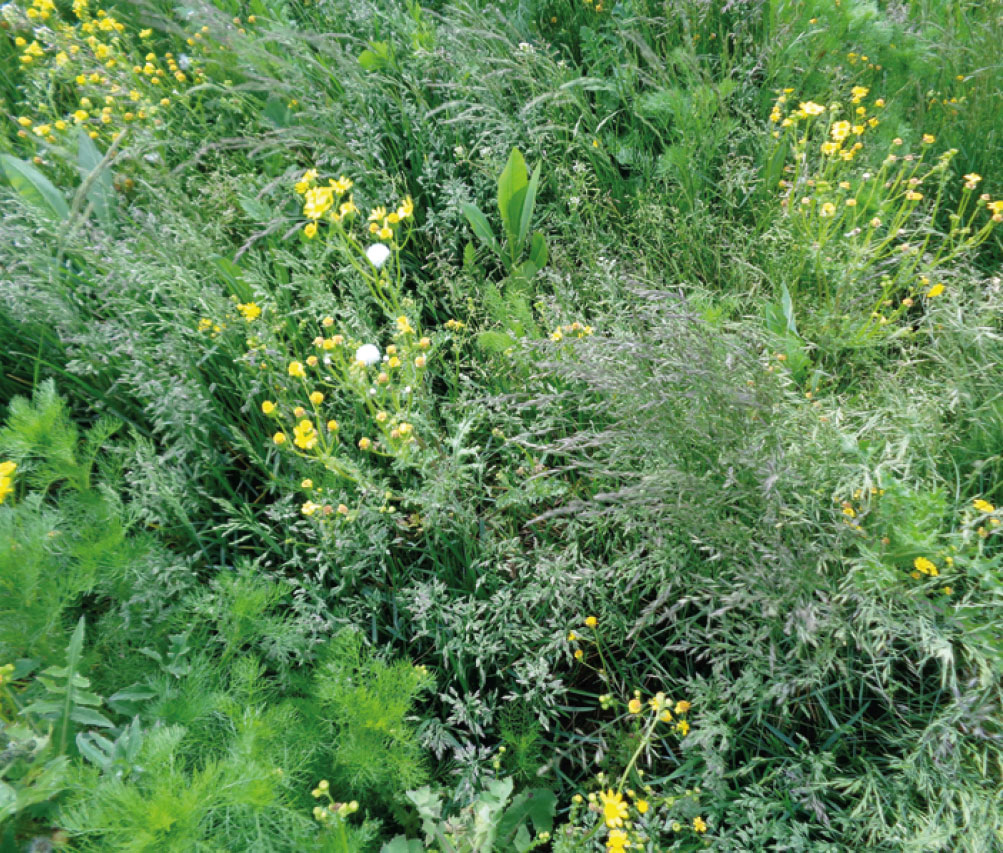
Germany has tens of thousands of old landfills and dumps, as well as active landfills. An area of approx. 15,000 ha of inoperative municipal waste landfills must be provided with safe, ecologically valuable and landscape-compatible cover layers. Operators of landfills are therefore looking for potentially suitable materials available at the regional level and for corresponding processes for the production of approvable landfill substitute construction materials for recultivation layers.
With this in mind, Fraunhofer IKTS, together with Veolia Klärschlammverwertung Deutschland GmbH, the Institute of Waste Management and Circular Economy at TU Dresden, Silberland Sondermaschinen und Fördertechnik GmbH, and the Institut für Holztechnologie Dresden gGmbH, is developing functionalized recultivation materials for landfill or contaminated site cover systems in the joint project “Boden2”. While matrix substrates, such as overburden material from strip mining or material from soil remediation plants, are available in large volumes, they usually have very poor soil mechanical properties and low biological activity and are in an unfavourable granulometric condition. These properties make covering such substrates with vegetation difficult. Therefore, the project relied on regionally produced residual materials, such as sewage sludge composts and extracted growing media from edible mushroom production in order to permanently improve soil properties. However, the recycling of these residues is restricted by law. For example, mushroom substrates may only be used after sterilization, and sewage sludge may only be spread in a very limited manner due to potential heavy metal contamination. These limitations become an added value with the preparation technology developed and the targeted mixing into the matrix substrate. Extensive work was carried out by the consortium partners to develop a process for conditioning a wide variety of source materials and incorporating them in optimal proportions. In the project, Fraunhofer IKTS dealt with the analytical evaluation of starting materials and end products, the development of formulations and the production of substrate mixtures. The materials were successfully validated in field tests at a landfill in Saxony. It was possible to establish ground-covering vegetation within one vegetation period without any maintenance or irrigation measures, despite the selected test area exhibiting the typical erosion-favourable characteristics of dumps and landfills (steep slope, exposure to strong wind). Furthermore, the test year of 2019 turned out to be particularly dry with rather high temperatures. In contrast to the surrounding, conventionally covered areas, the trial area also offered a closed canopy formed from mixed vegetation during the monitoring period in 2021. Also, the test site is increasingly colonized by insects and small mammals.
Services offered
- Laboratory tests on nutrient availability and toxicology of fertilizers and substrates
- Development of high-quality fertilizers and substrates from residues and recyclates
- Analysis of environmental impacts and energy balances (LCA)
Supported by
